From the Glover Garden:
(All descriptions courtesty of japan-guide.com, because I am **too lazy** to type the descriptions)
"Glover Garden is an open air museum, exhibiting mansions of former Western residents of Nagasaki. It is located on the hill where Western merchants settled down after the end of Japan's era of seclusion in the second half of the 19th century.
The exhibited buildings include the mansions of British merchants Frederick Ringer and William Alt and the former residence of Thomas Glover, a Scottish merchant. A nice panorama of the city can be enjoyed from the garden. "
Interesting animal shaped shrubs in horrible morning weather, it was already humid in April in Nagasaki.
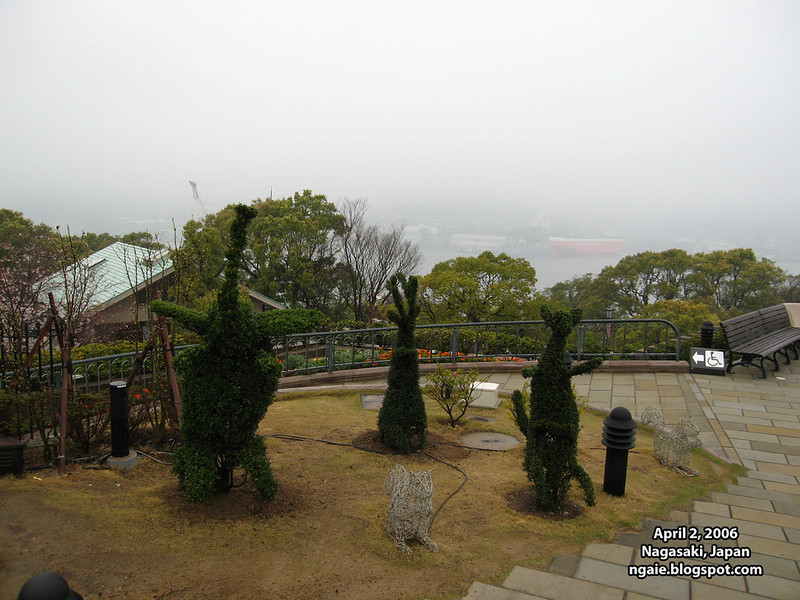
A close up.
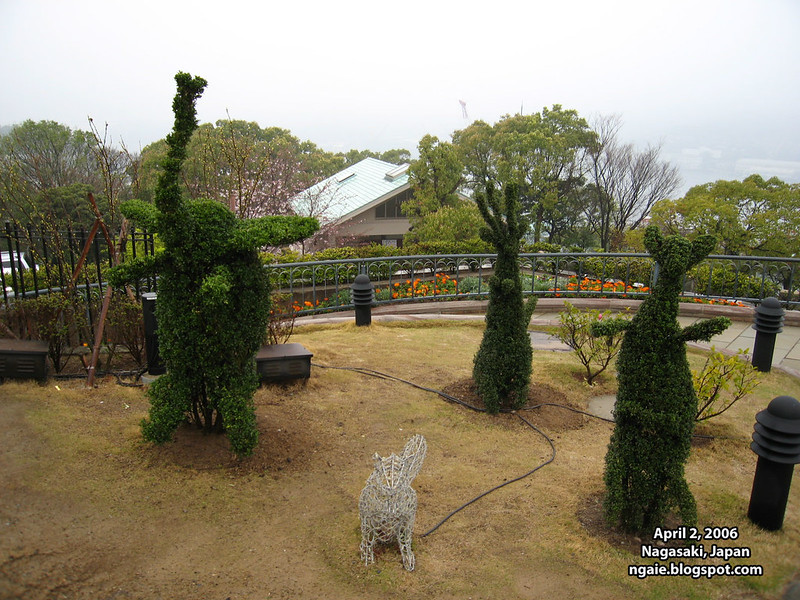
The mansion of the former foreign residents.
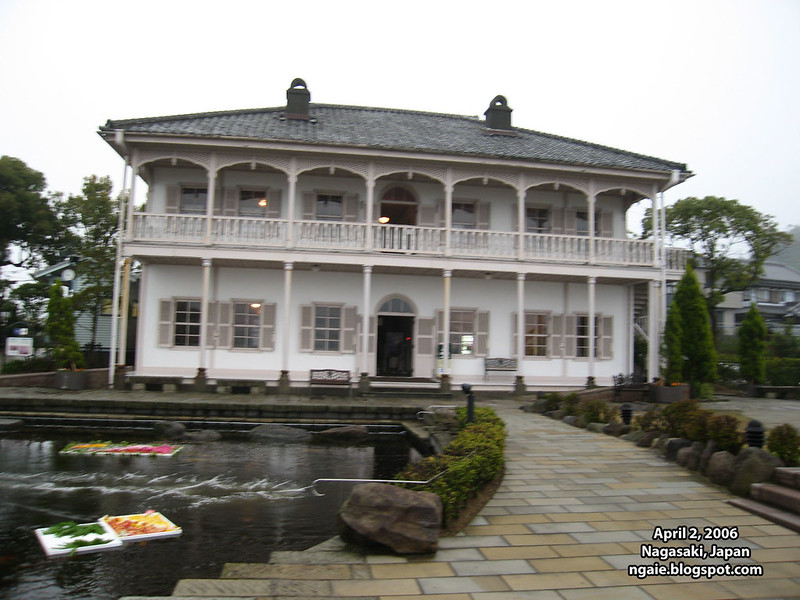
A view from the top looking down.

The Oura Church, a Roman Catholic church said to be the oldest church in Japan.
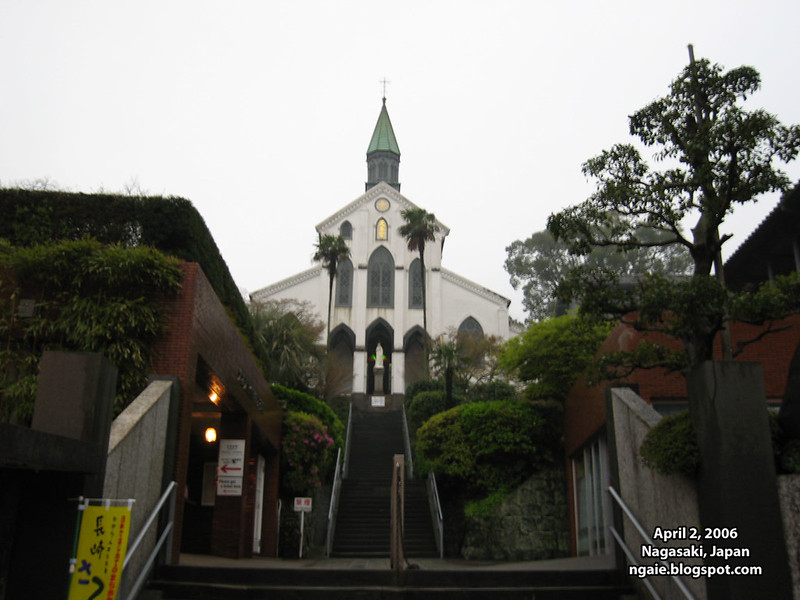
"Nagasaki's Koshi-byo is one of the few shrines dedicated to the Chinese philosopher Confucius in Japan. This particular Confucian Shrine was built by Chinese residents of Nagasaki in 1893 and now contains the Museum of Chinese History."

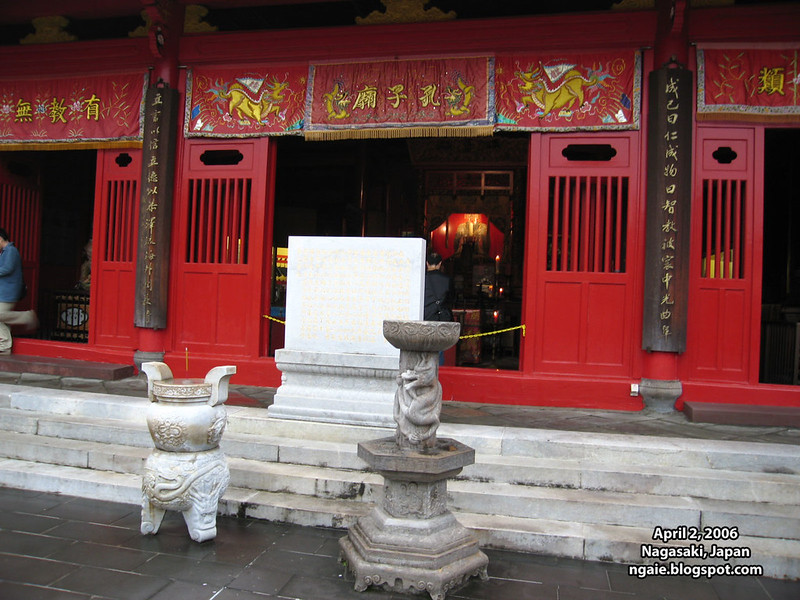
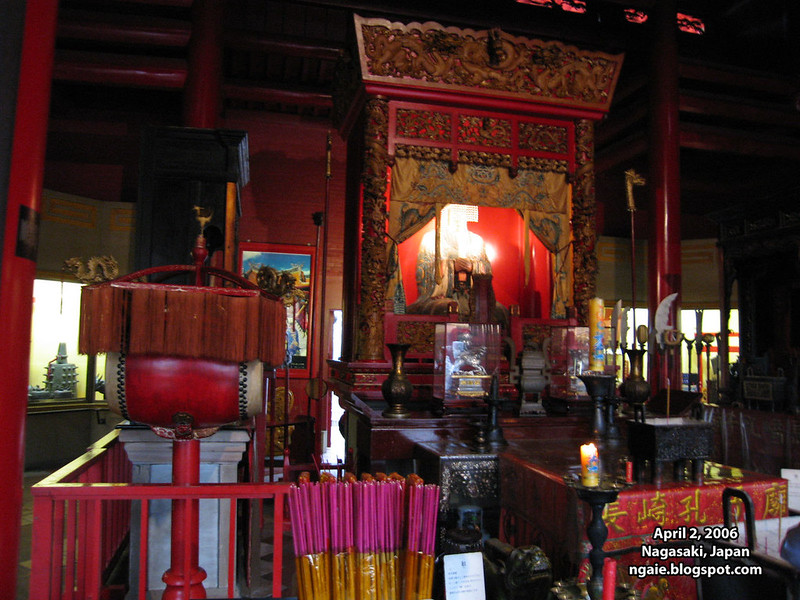
Nagasaki Street Scene, streetcars are the primary source of transportation here, other than the almighty car...
NOTE: **Outside of the Tokyo area...and to a lesser extent the Osaka area** Japan is VERY car dependent, YES drive-thru McDonalds, Yoshinoya, etc. do exist in Japan! Japanese suburbs look the same as any suburb...
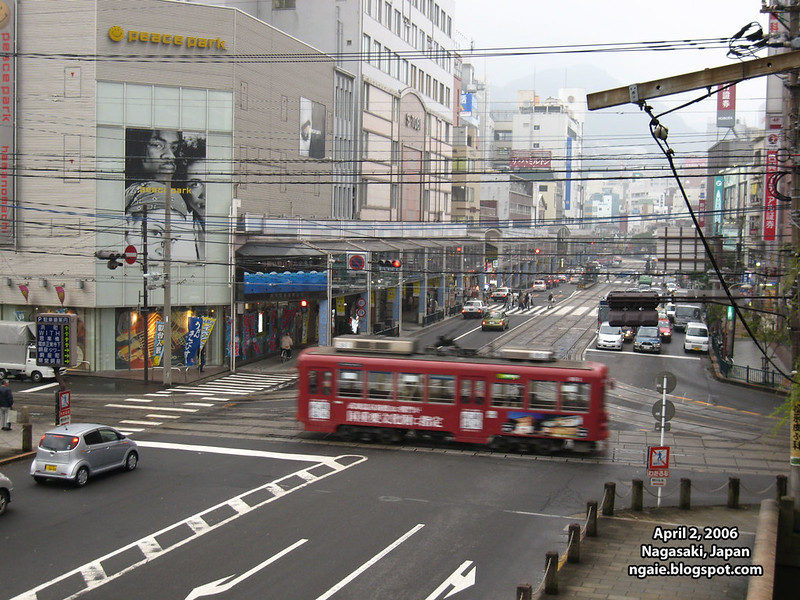
"Dejima was an artificial island in the port of Nagasaki, completed in 1636 to house Japan's Portuguese residents. The Edo Shogunate ordered the separation of the Portuguese from the Japanese population in order to stop Portuguese missionary work.
One year later, the Portuguese were completely expelled from Japan, and the Dutch factory formerly located in Hirado was moved to Dejima. The Dutch workers, then the only Westerners allowed in the country, were restricted to Dejima during Japan's two centuries of isolation.
Today, Dejima is not an island anymore, as the surrounding area has also been reclaimed during the 20th century. However, a number of Dejima's historical structures remain or are being reconstructed in the area. Among the attractions are the Dejima Historical Museum and a miniature model of the former island. "
Interesting fact:
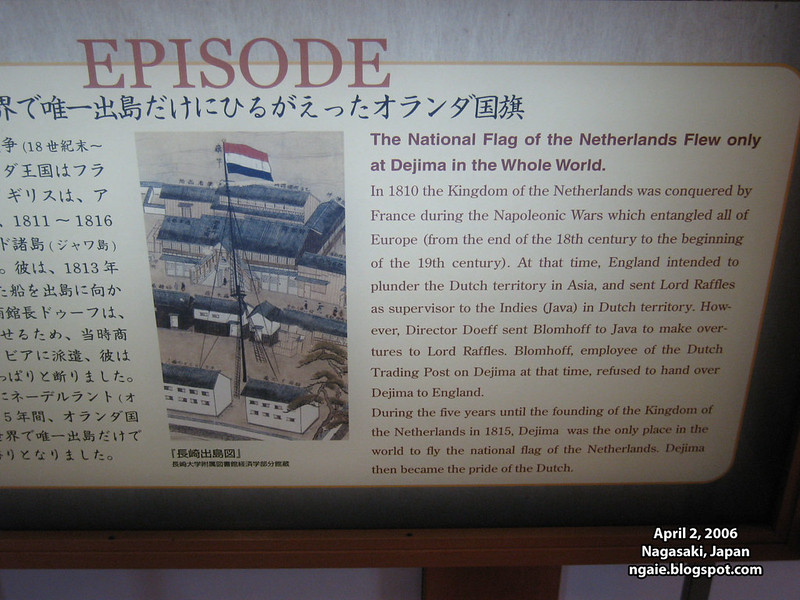
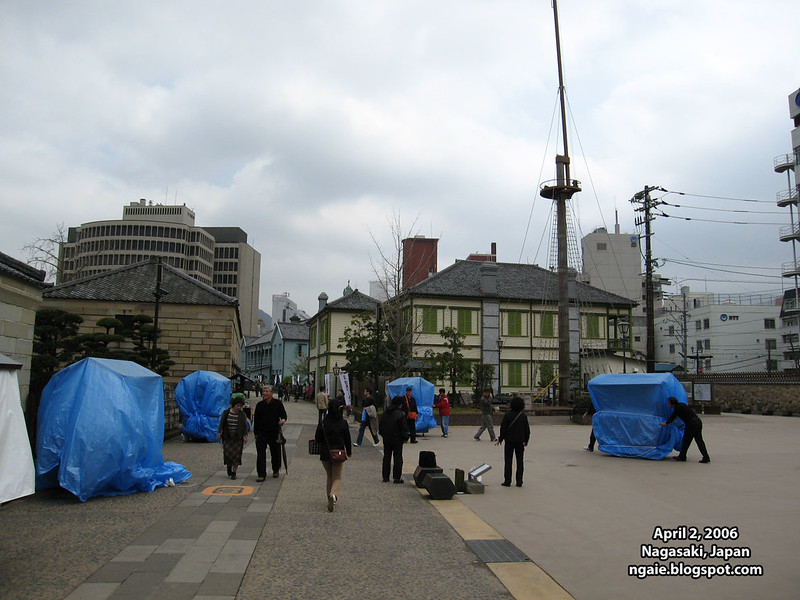
Nature: sakura and tulips = Japan x Netherlands.
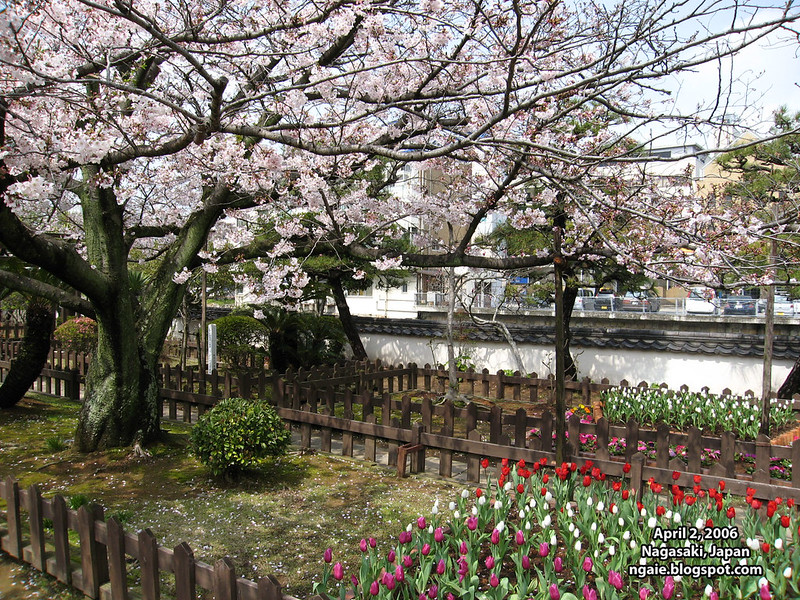
What they are trying to recreate (in the future) with billions of yen...Kind of odd that they spent billions of yen making artifical islands for airports and now they are spending lots of yen trying to undo reclaimation here...
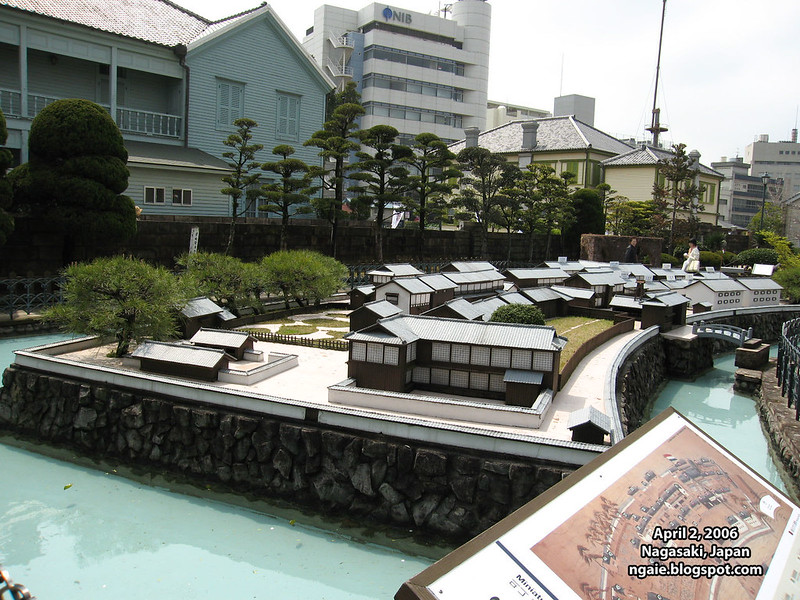
The main gate:
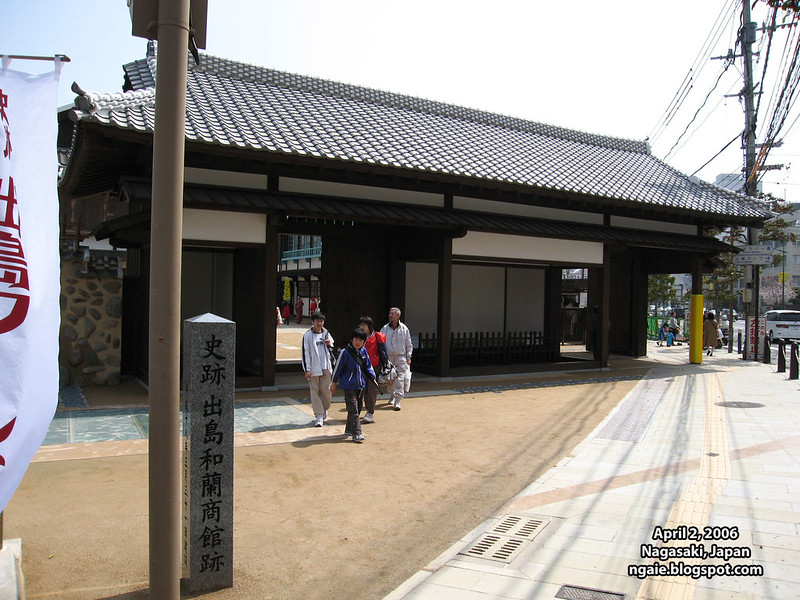
COMMENT: Overall experience of Dejima is that it feels so "new", doesn't seem like there is anything historical about the attraction, all of the buildings are newly contructed!
Weather getting better:

The site where the second atomic bomb landed:

Remains of what was once the largest Catholic churches in Asia, Urakami Cathedral, flattened by the A-Bomb. Remains were moved 500 meters from its original position to this park.

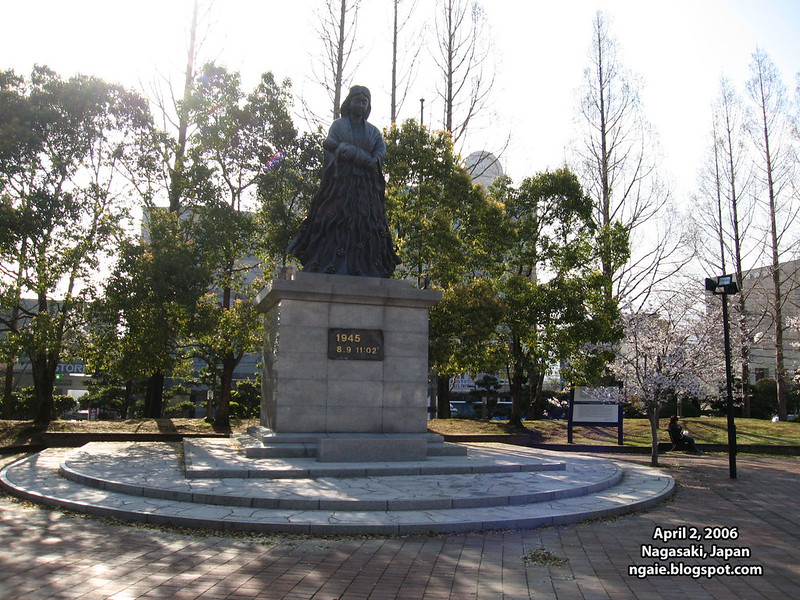

"Nagasaki Peace Park commemorates the city's destruction by the atomic bomb dropped on August 9, 1945. In the park stand the massive Peace Statue as well as various other statues."
Peace Statue:
Comment: This is one of the ugliest sculptures I have **EVER** seen, it looks like some kind of statue used by a cult for worship
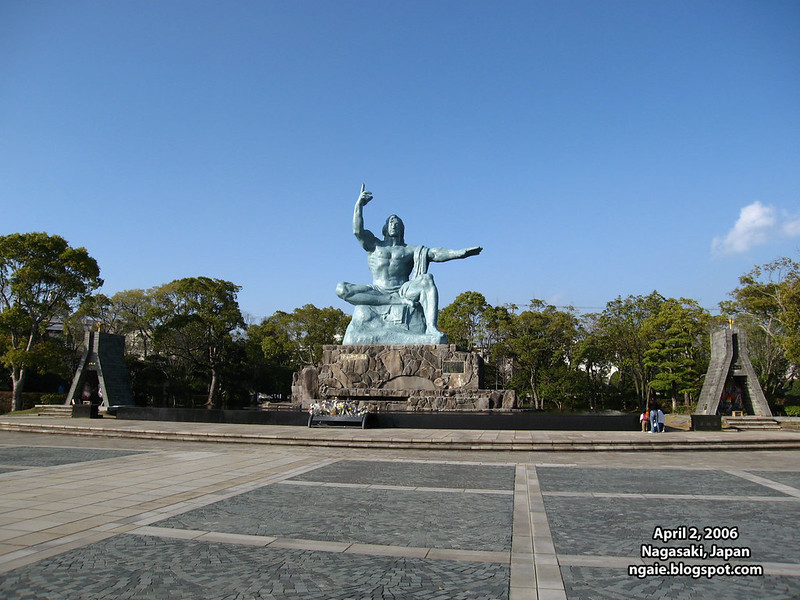
The rebuilt Urakami Cathedral:
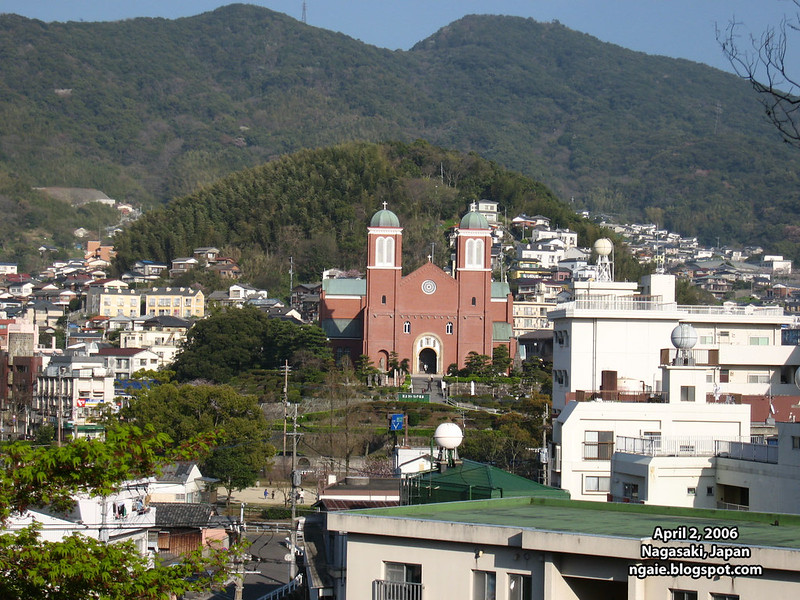
Streetcar:
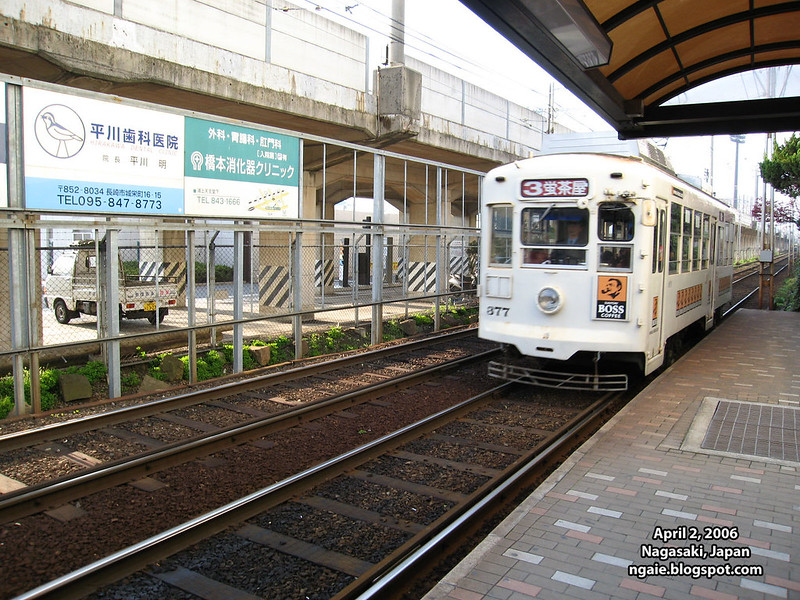
Nagasaki Train Station:
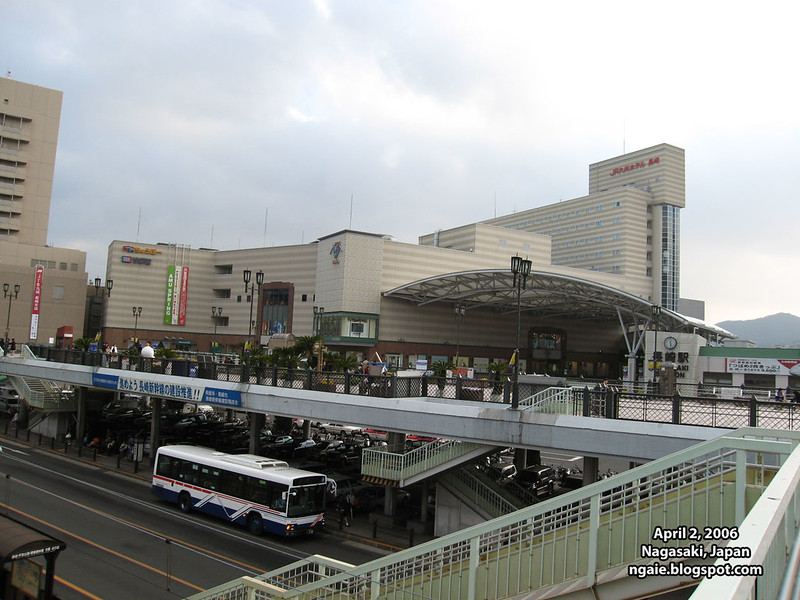
Various Food Prices, look at how expensive they are!
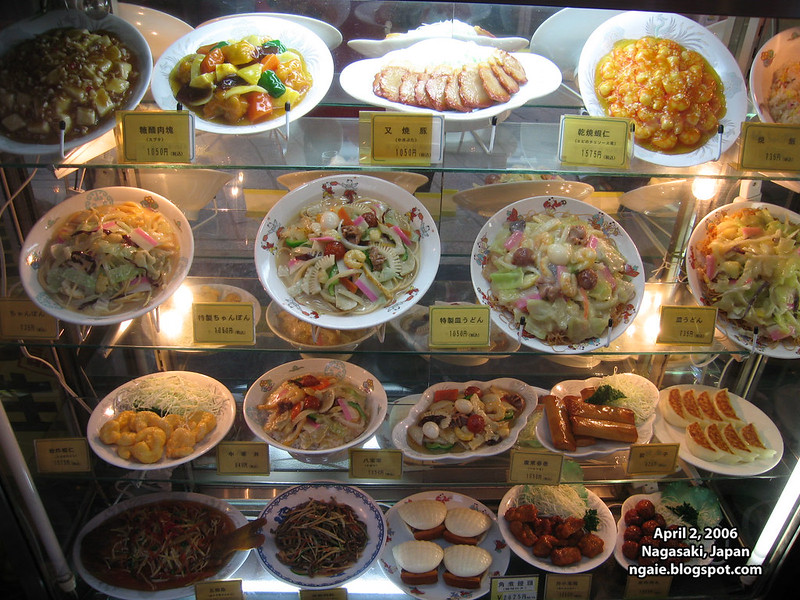

1 comments:
Great pics and it is pretty interesting with the Netherland flag being only in Dejima.
The dishes don't really look tasty and it's like $10 - $15 USD? That's just crazy.
Post a Comment